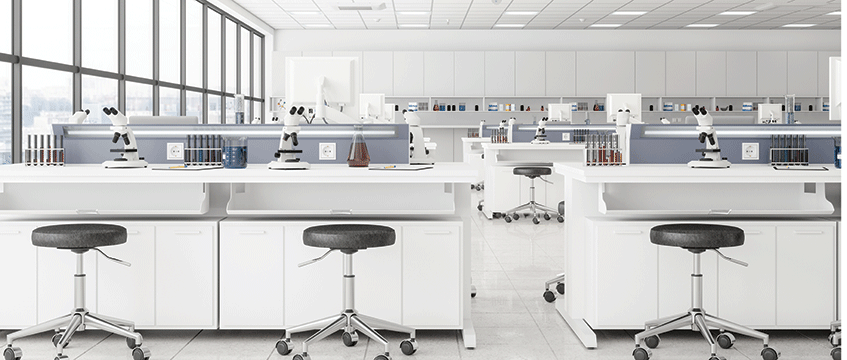New tools and guidance launched for creating lab spaces
Consultants from across the real estate, health, life sciences and construction sectors have teamed up to create tools providing guidance on the infrastructure required to develop laboratory spaces.
The package, called Constructing Science, aims to enable decision-makers to determine whether an existing or proposed lab building is suitable for the type of scientific work they have planned for the space.
It comprises technical design and performance criteria and combines regulatory requirements with technical recommendations.
Consultants from across the real estate, health, life sciences and construction sectors have teamed up to create tools providing guidance on the infrastructure required to develop laboratory spaces.
The package, called Constructing Science, aims to enable decision-makers to determine whether an existing or proposed lab building is suitable for the type of scientific work they have planned for the space.
It comprises technical design and performance criteria and combines regulatory requirements with technical recommendations.
A new “dynamic model” has also been devised, designed to guide the user through a “pathway” of prospective development options, site credentials and building performance specifications. Those would depend on parameters such as the required floorspace and the type of lab required.
The consultancies behind the report were: MedCity, EEDN, Gleeds, Cushman & Wakefield, Gensler, Buro Happold, Hoare Lea, CPC, Mission Street and Ramboll Group.
The group said the tools would help address an ongoing “lack of readily accessible and universally-agreed design and construction standards” in the sector.
According to C&W, there was more than 2m sq ft of active demand for laboratory premises in the Golden Triangle in June.
Ivana Poparic, head of life sciences cluster development at MedCity, said: “This is a significant milestone in accelerating the demand for high-quality lab and R&D space in the capital and beyond.
“Helping owners and investors facilitate the creative and appropriate re-use of existing buildings will create significant carbon savings while limiting over-provision across buildings.”
Richard Walder, partner and UK science and tech director at Buro Happold, said: “The market for speculative science development has grown rapidly within the UK in recent years. This guidance provides clarity on specifications and approach for developers and tenants, bringing a level of consistency to the market which has been missing to date.”
To send feedback, e-mail pui-guan.man@eg.co.uk or tweet @PuiGuanM or @EGPropertyNews
Photo © Getty Images/iStock











